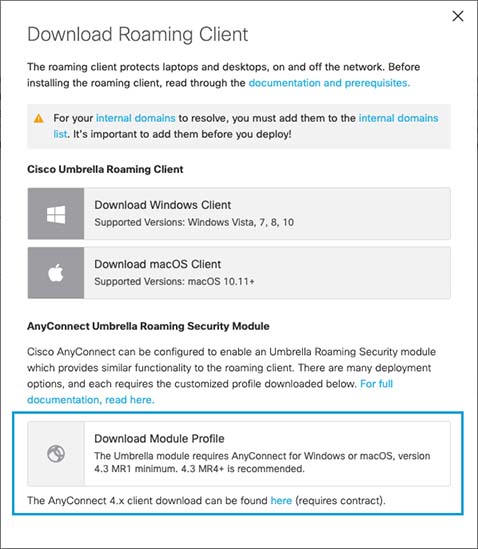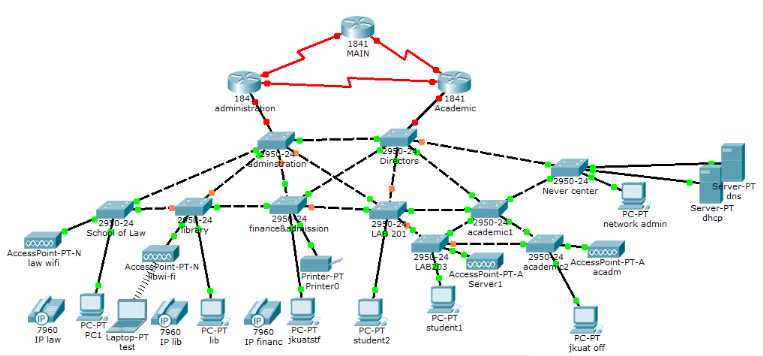Cisco Anyconnect Not Connecting To Network
With my current client, I need to be able to access files, servers, and tools on their remote network, which they enable via the Cisco AnyConnect VPN client software. So far, so good. I had no trouble at all installing and connecting with this software from my laptop over my FiOS connection. Just like being at the office. The Tricky Part. Network connection When the VPN connection is active, network traffic out of WSL2 is not passed to the internet. Changing the Interface Metric 1 - 6000 for AnyConnect VPN Adapter resolves the connection issue, but this has to be done after each time the VPN connects. By default, the Interface Metrics for AnyConnect are. This is completely normal behaviour for the Cisco VPN client. In fact, many workplaces absolutally DEMAND this, as their contracts may require that if a computer is on their network, then it must ONLY be on their network (and not multi-homed). Yes, there are ways around it, but you need to speak to your sysadmin about this. When you have the Cisco AnyConnect Secure Mobility Client installed on a Surface Pro 3, you may experience one of the following symptoms: If you try to connect to a wireless network by using the Cisco Network Access Manager (NAM), you cannot connect to the wireless network. Jul 29, 2019 Right click on the Cisco AnyConnect Secure Mobility Client Connection.
Overview
Stanford's VPN allows you to connect to Stanford's network as if you were on campus, making access to restricted services possible. To connect to the VPN from your Windows computer you need to install the Cisco AnyConnect VPN client.
Two types of VPN are available:
- Default Stanford (split-tunnel). When using Stanford's VPN from home, we generally recommend using the Default Stanford split-tunnel VPN. This routes and encrypts all traffic going to Stanford sites and systems through the Stanford network as if you were on campus. All non-Stanford traffic proceeds to its destination directly.
- Full Traffic (non-split-tunnel). This encrypts all internet traffic from your computer but may inadvertently block you from using resources on your local network, such as a networked printer at home. If you are traveling or using wi-fi in an untrusted location like a coffee shop or hotel, you may wish to encrypt all of your internet traffic through the Full Traffic non-split-tunnel VPN to provide an additional layer of security.
You can select the type of VPN you want to use each time you connect to the Stanford Public VPN.

Why Cisco AnyConnect VPN Not Working In Windows 10? Expert Fix
Install the VPN client
- Download the Cisco AnyConnect VPN for Windows installer.
- Double-click the InstallAnyConnect.exe file.
- When a message saying the Cisco AnyConnect client has been installed, click OK.
Connect to the Stanford VPN
- Launch the Cisco AnyConnect Secure Mobility Client client.
If you don't see Cisco AnyConnect Secure Mobility Client in the list of programs, navigate to Cisco > Cisco AnyConnect Secure Mobility Client. - When prompted for a VPN, enter su-vpn.stanford.edu and then click Connect.
- Enter the following information and then click OK:
- Group: select Default Stanford split- tunnel (non-Stanford traffic flows normally on an unencrypted internet connection) or Full Traffic non-split-tunnel (all internet traffic flows through the VPN connection)
- Username: your SUNet ID
- Password: your SUNet ID password
- Next, the prompt for two-step authentication displays. Enter a passcode or enter the number that corresponds to another option(in this example, enter 1 to authenticate using Duo Push to an iPad). Then click Continue.
- You may have to scroll down the list to see all of your options.
- If your only registered authentication method is printed list, hardware token, or Google Authenticator, the menu does not display. Enter a passcode in the Answer field and click Continue.
- Click Accept to connect to the Stanford Public VPN service.
- Once the VPN connection is established, a message displays in the lower-right corner of your screen, informing you that you are now connected to the VPN.
Disconnect from the Stanford VPN


Cisco Anyconnect Not Showing Networks
- In the notification area, click the Cisco AnyConnect icon if it is displayed. Otherwise, go to your list of programs and click Cisco AnyConnect Secure Mobility Client.
- At the prompt, click Disconnect.
